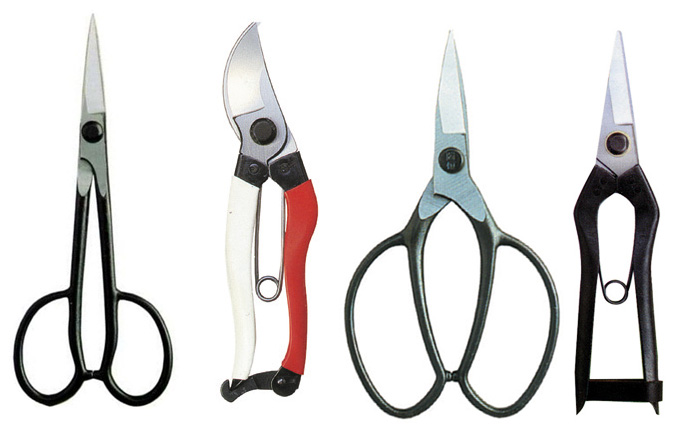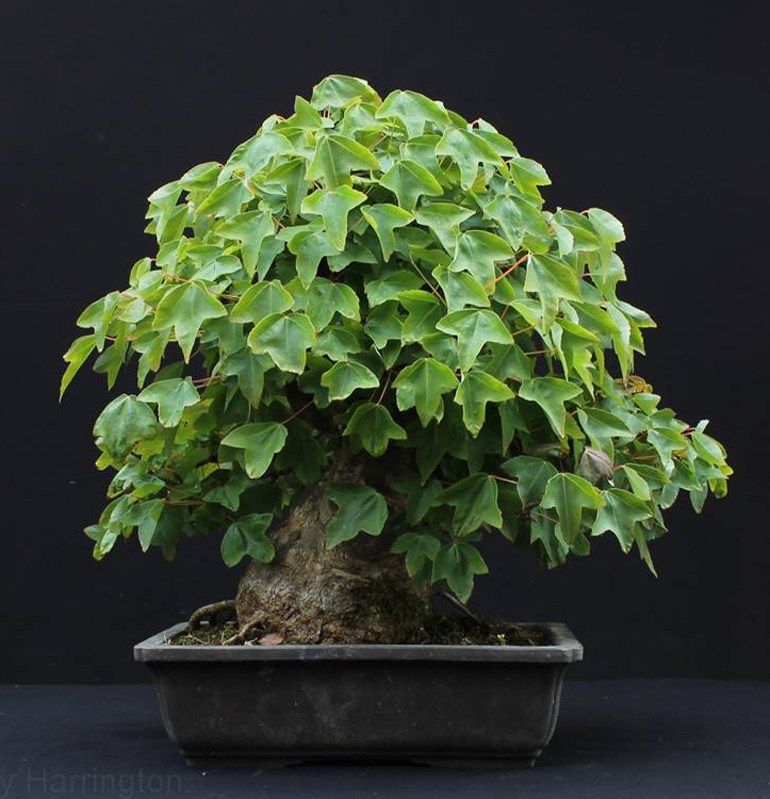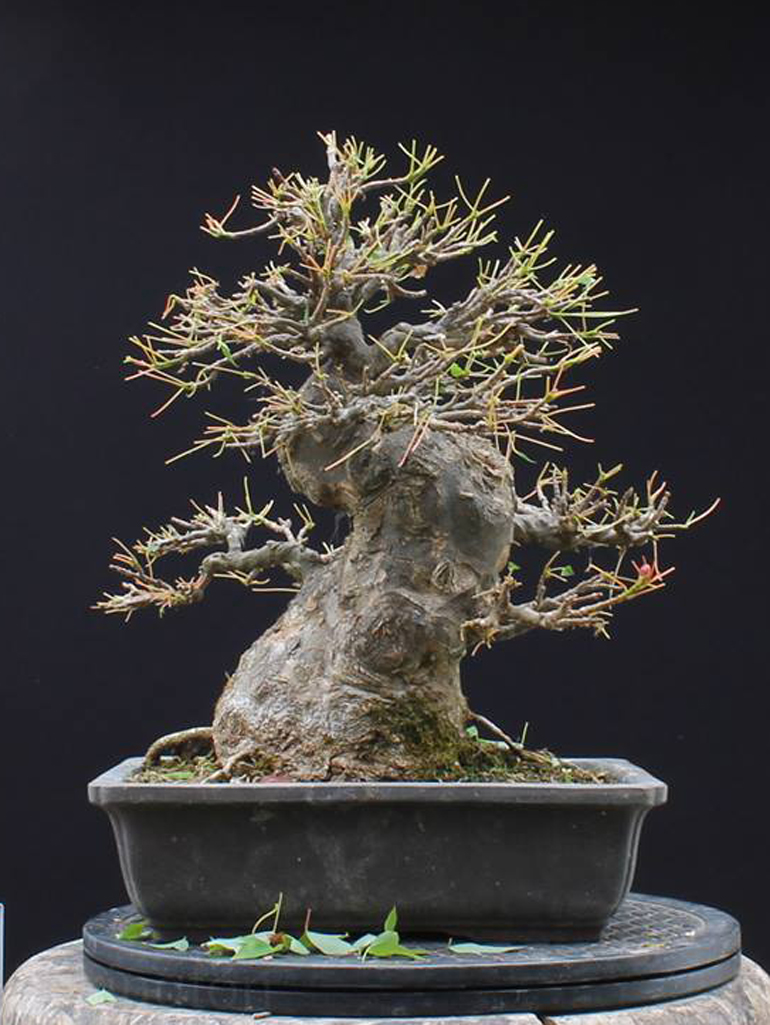One of the most famous Japanese white pine (Pinus parviflora) bonsai in the world. After restyling by Masahiko Kimura (aka the Magician). This photo is from the White pine gallery in our Masters’ Series Pine Book.
If you would like to grow pine bonsai, there no better place to start (and continue) than with our Masters Series Pine book. We’ll show you just a few photos and illustrations along with the Table of Contents, so you’ll have some idea of the depth and scope of this remarkable book.
Though I know this post reads suspiciously like an infomercial (our Pine Book is just back from the printer). Still, you might enjoy the beautiful photos and useful illustrations.
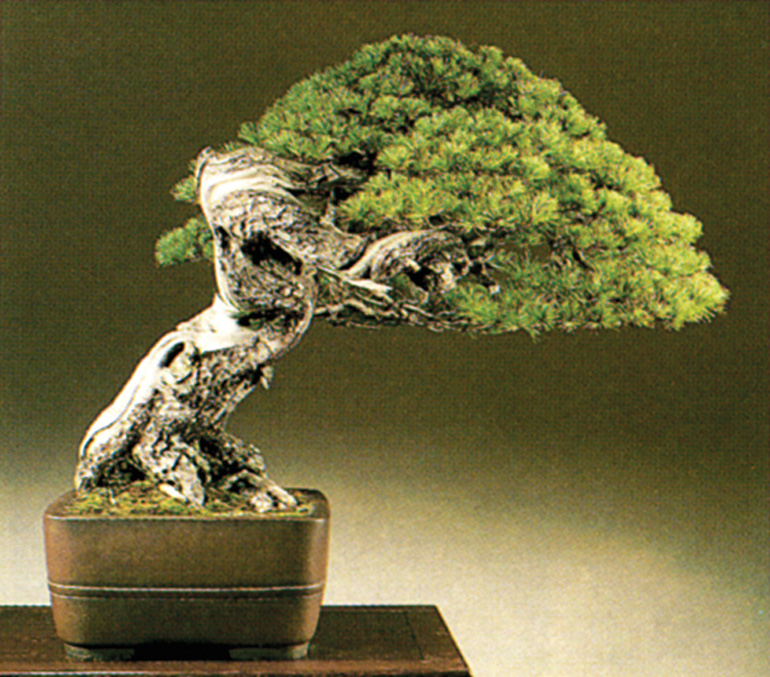
Table of Contents
Introduction to Japanese White Pines
Kimura Transforms a semi-cascade using energy balancing & more
Cultivation Balance – Energy balancing and needle reduction
Goyomatsu – Balancing and redesigning
Kimura Plant Positioning – Nine possibilities, an in depth study
The Primary Branch – Selecting the best one
Multiple Trunk Bonsai – Three bonsai, three perspectives
Rock Planting – From to zuisho
Jewell to Whirlpool – Transforming famous old bonsai shari
Gallery of Japanese White Pine
TOC continued below…

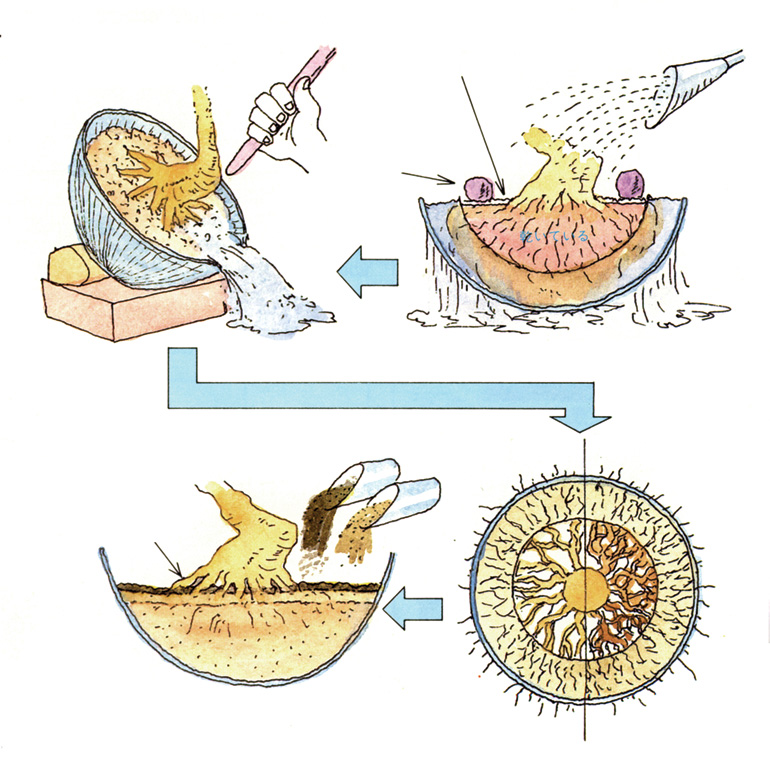
Table of Contents continued
Introduction to Japanese Black Pines
Development of Short Needles – Balancing growth & needle size
Creating a Cascade – Styling, balancing & needles
Choosing a Pot – Accentuating a tree’s best features
Transplanting and Nebari Development
Pine from Seed
Restyling an Old Tree – Challenges & rewards
Gallery of Japanese Black Pines
Glossary of Bonsai Terms
Glossary of Japanese Bonsai Terms

Growing and Styling Japanese Black & White Pines
is suitable for growing any pine bonsai
list price 34.95
SPECIAL ONLY 26.95
While you’re at it
take advantage of our wire and tool Sales
and earn FREE Shipping (see below)

25% off Bonsai Aesthetics 500 gram wire
25% off Koyo Japanese Bonsai Tools
20% off Copper Bonsai Wire
20% off Bonsai Embroidered Clothing

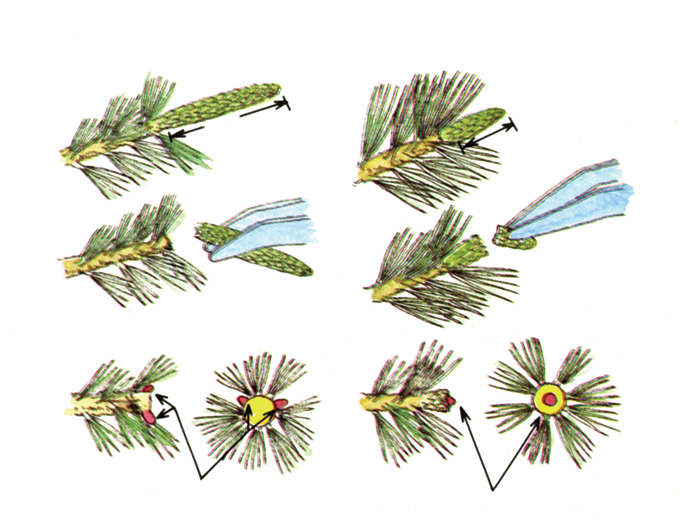
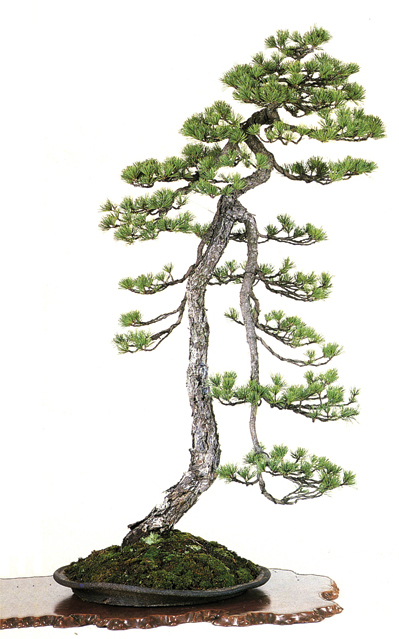
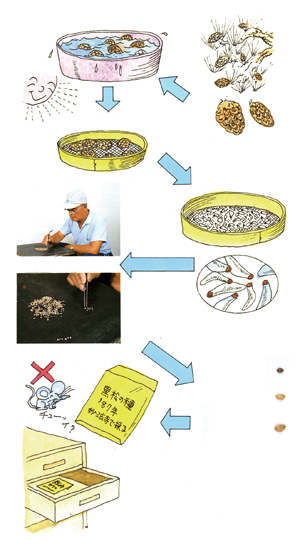
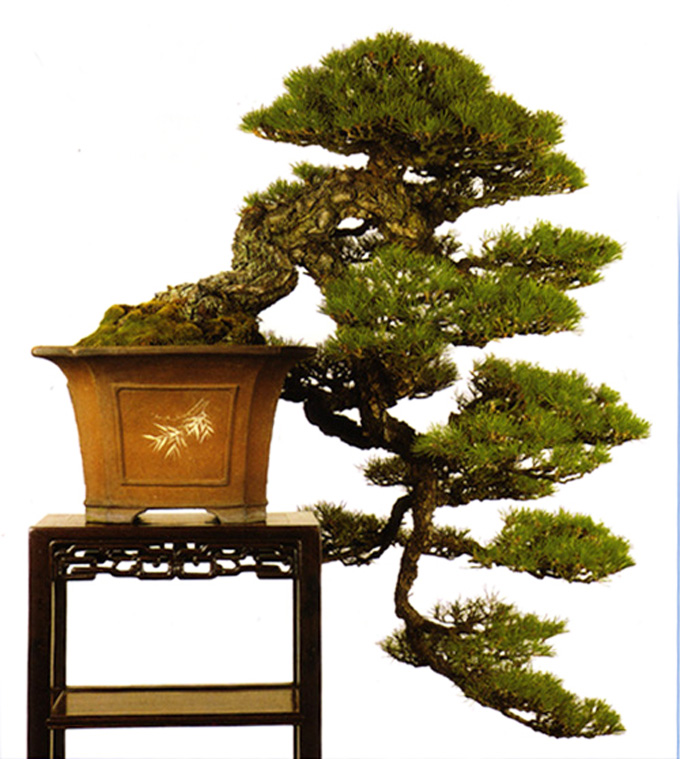
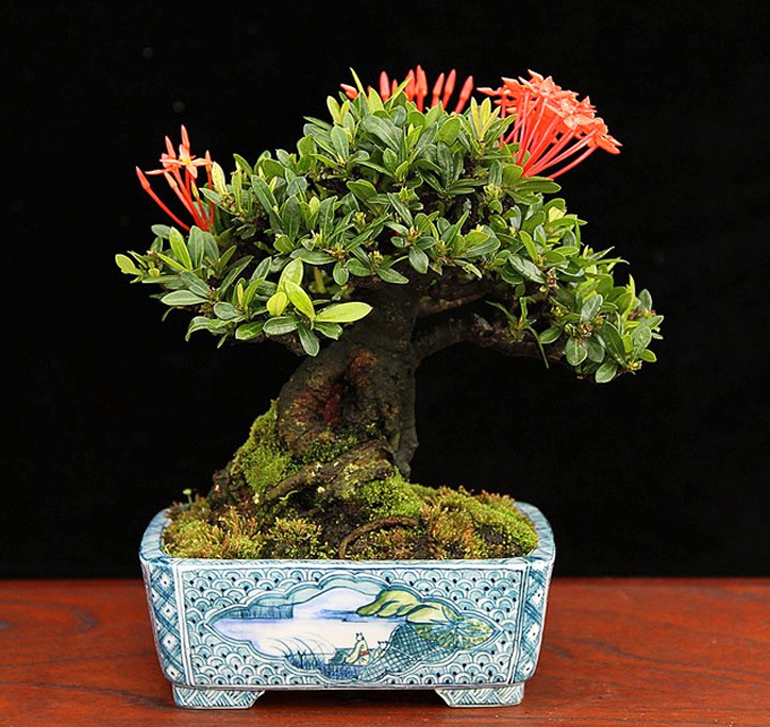 This sweet little shohin bonsai with its unusual flowers and great little Japanese pot is a type of Ixora that belongs to Pedro Morales' cousin Carlos C. Morales.
This sweet little shohin bonsai with its unusual flowers and great little Japanese pot is a type of Ixora that belongs to Pedro Morales' cousin Carlos C. Morales.
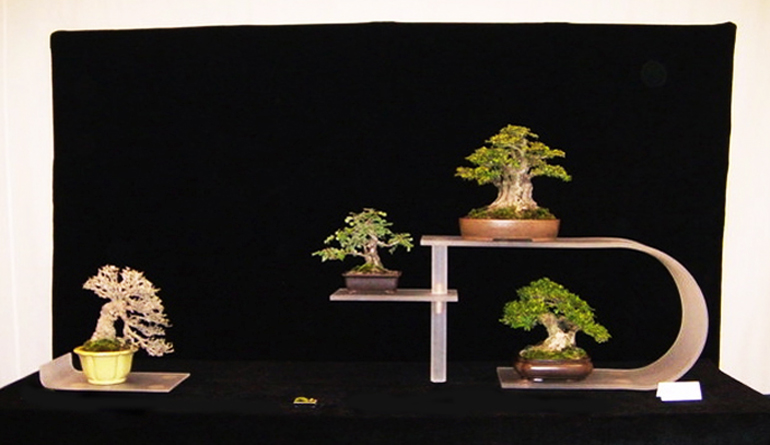 From
From 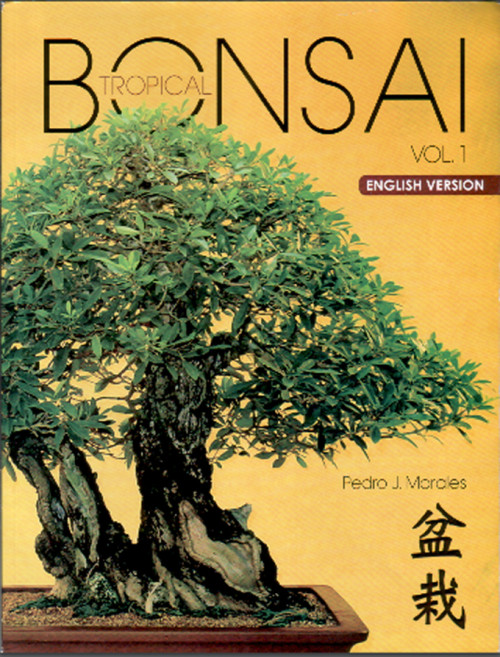 Pedro's
Pedro's  This cascade is from
This cascade is from  Pedro's tropical style tokonoma. Tokonoma is a Japanese word that means 'display alcove.'
Pedro's tropical style tokonoma. Tokonoma is a Japanese word that means 'display alcove.'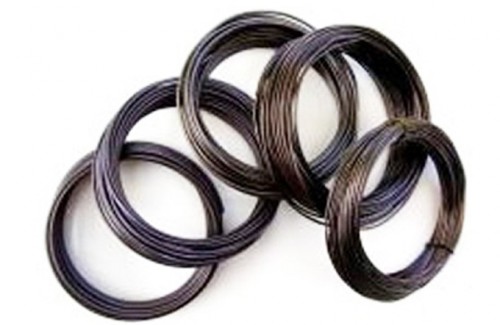
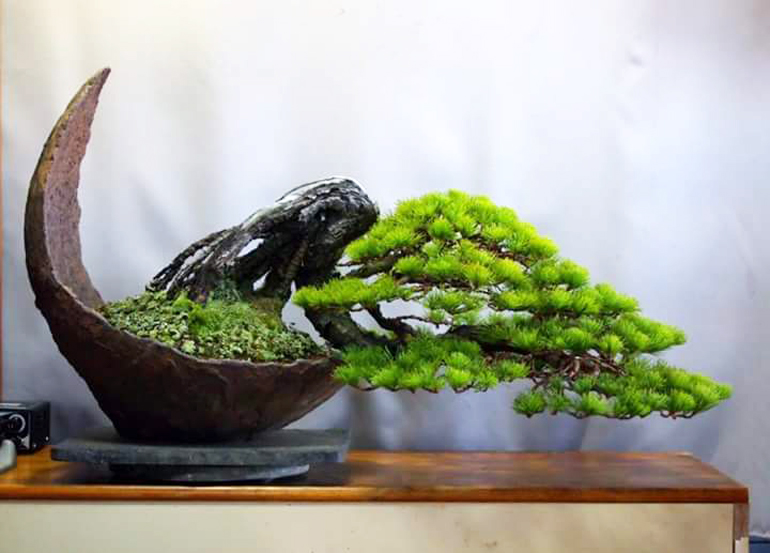
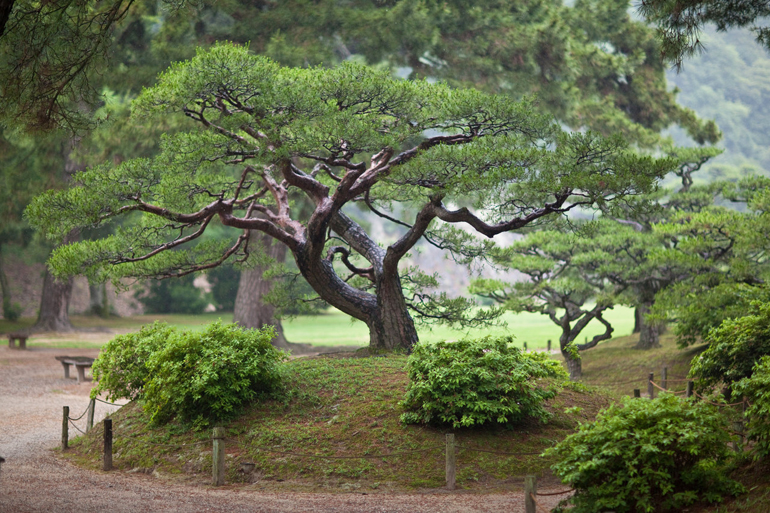
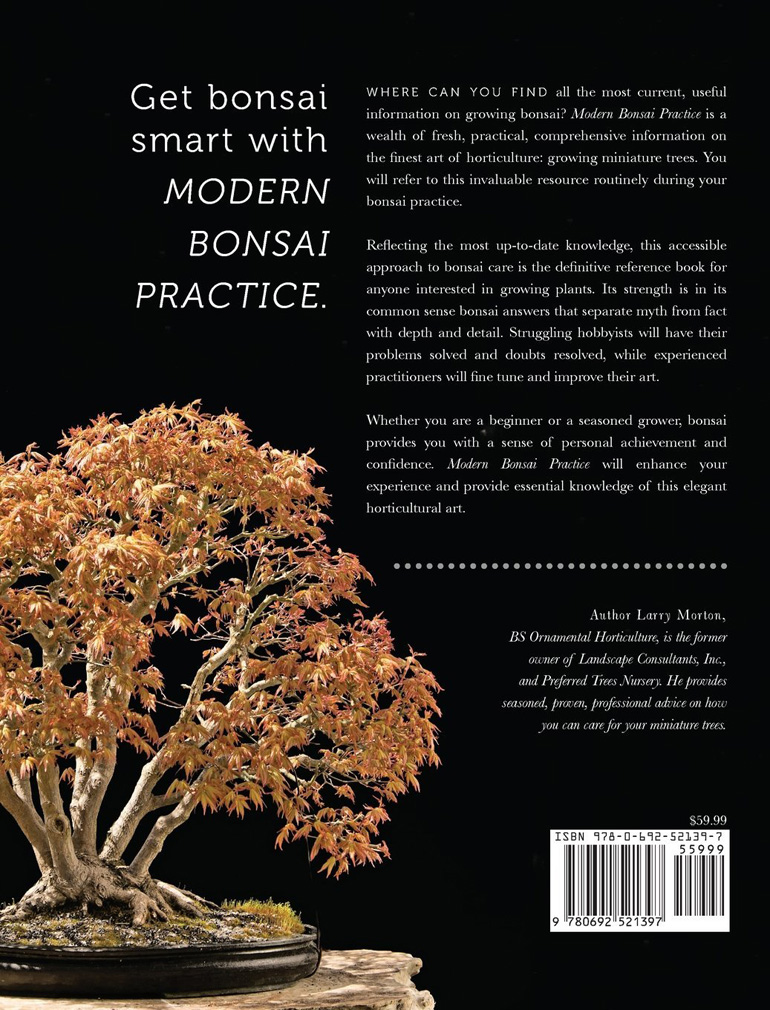
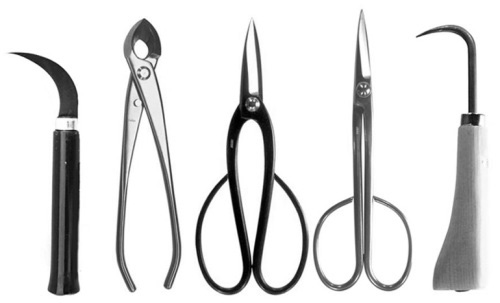
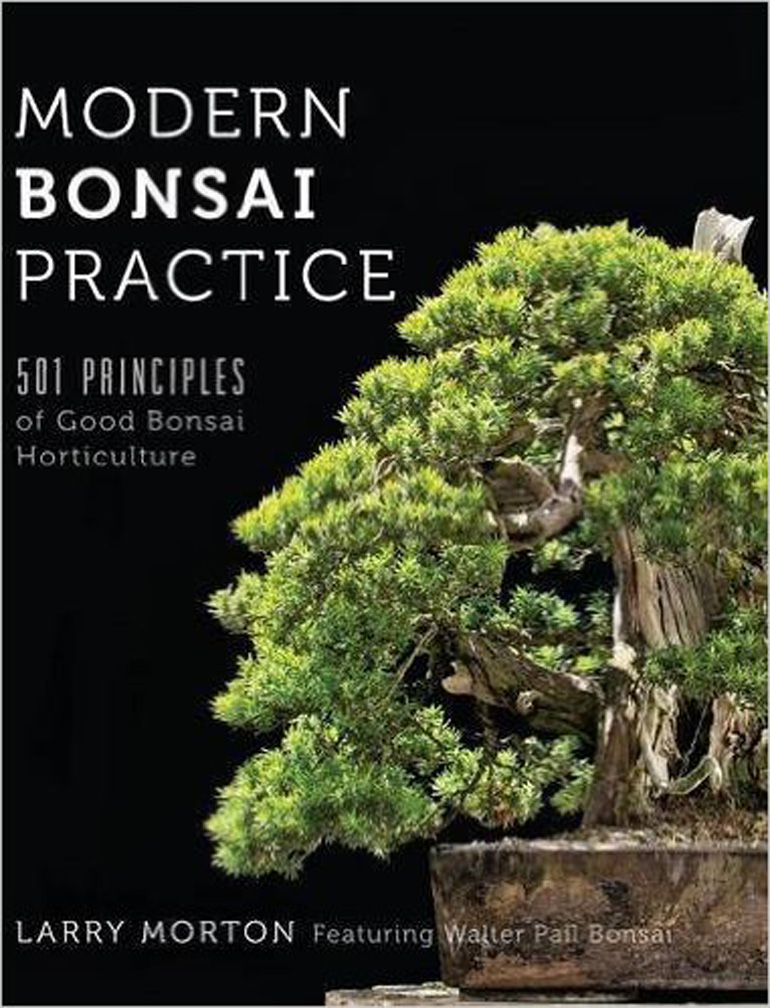

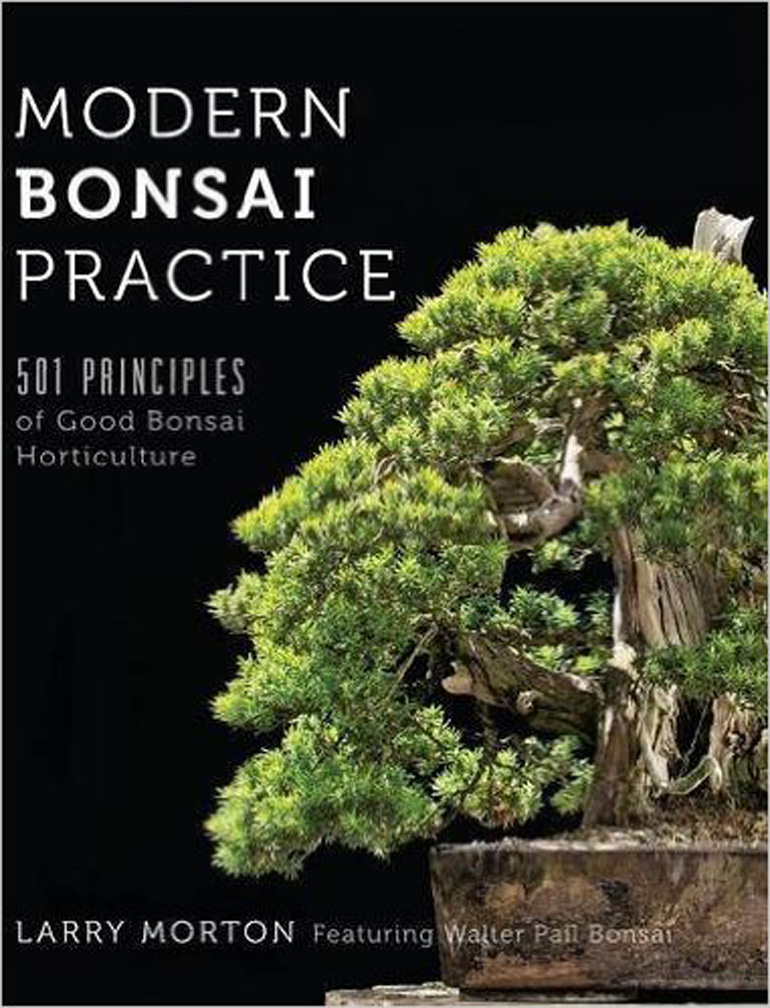
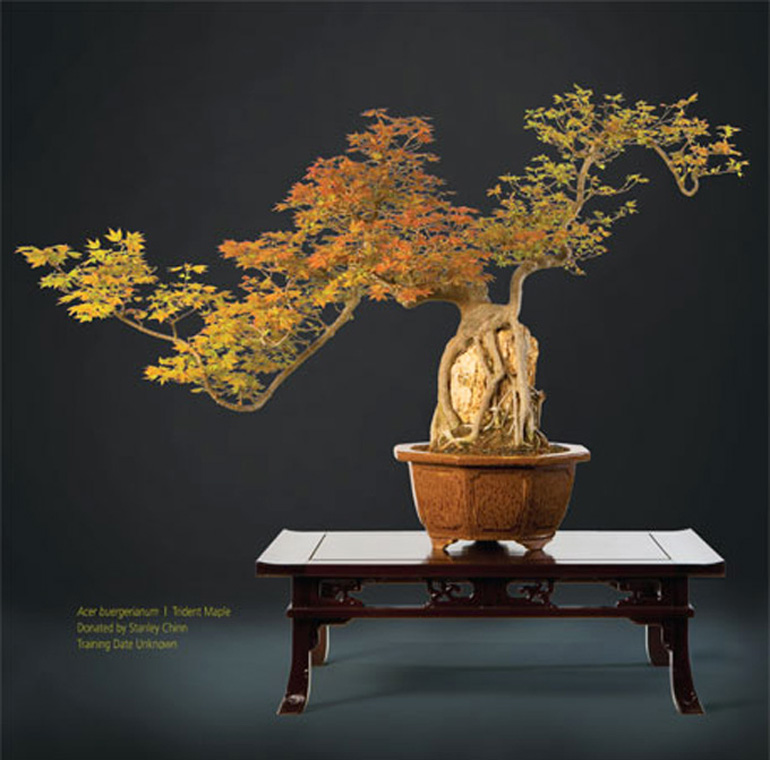 Sometimes it's helpful to break a bonsai down into its constituent parts. What you might see in this case, is a somewhat classical root-over-rock Trident maple bonsai accentuated by two rather long, undulating branches on either side. For some of us, there might be a temptation to cut them off; to revert to something safer and more recognizable as bonsai. But sometimes it's a good idea to think twice before acting. You can always cut a branch off later, but you can't put it back on. The photo is from
Sometimes it's helpful to break a bonsai down into its constituent parts. What you might see in this case, is a somewhat classical root-over-rock Trident maple bonsai accentuated by two rather long, undulating branches on either side. For some of us, there might be a temptation to cut them off; to revert to something safer and more recognizable as bonsai. But sometimes it's a good idea to think twice before acting. You can always cut a branch off later, but you can't put it back on. The photo is from 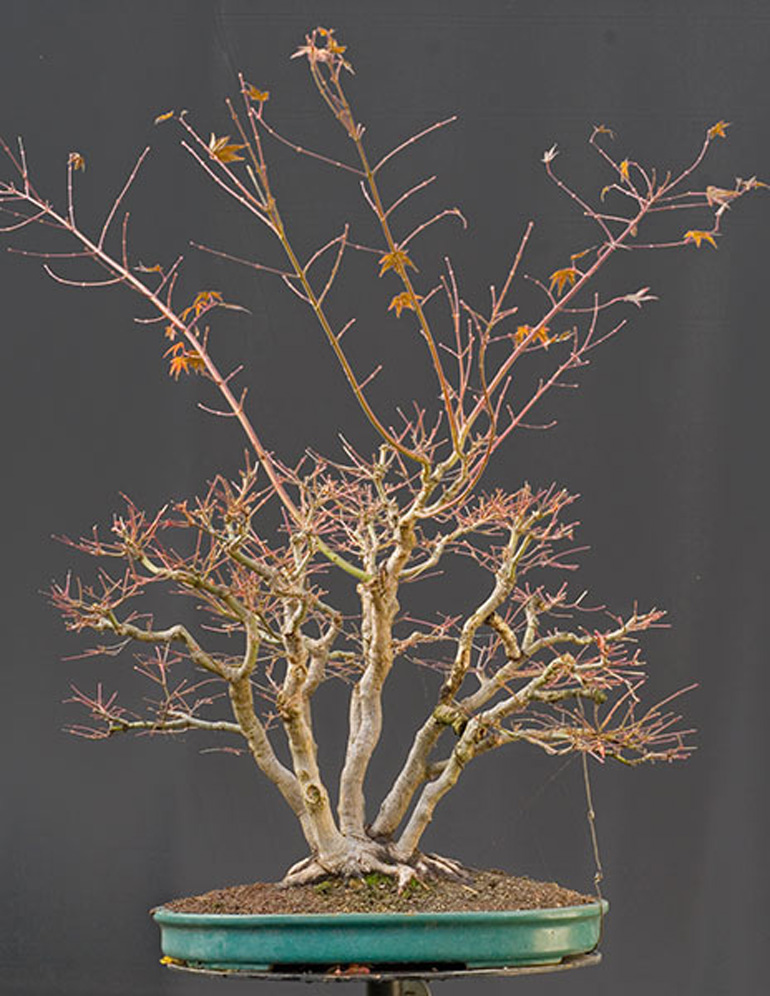
 and the second day of our
and the second day of our
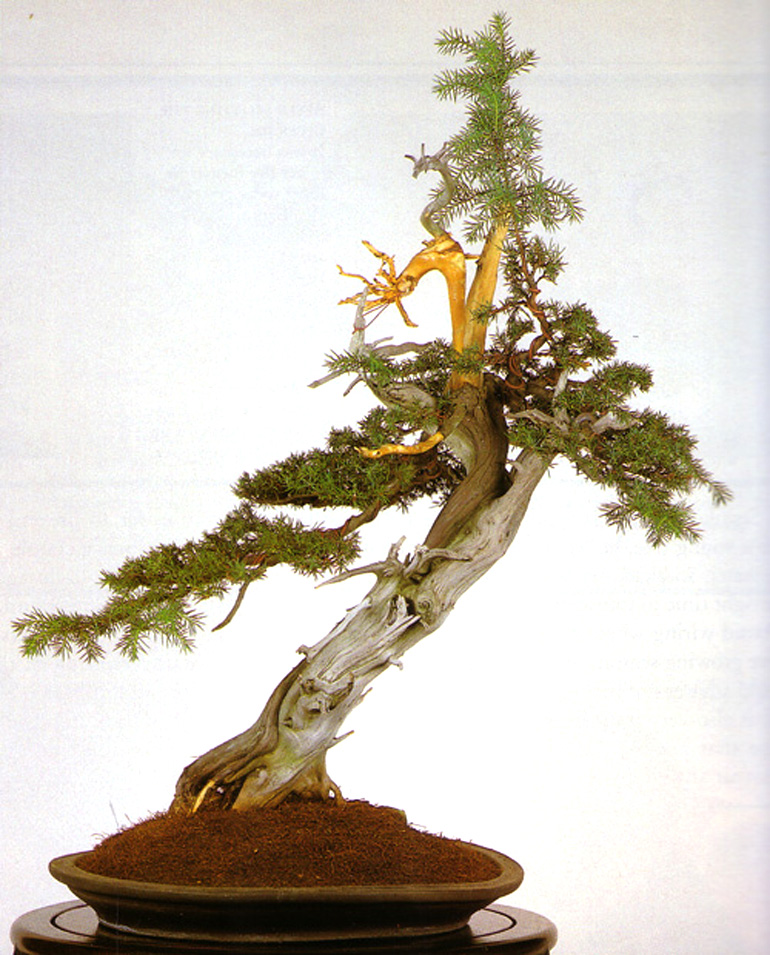 The styling on this
The styling on this 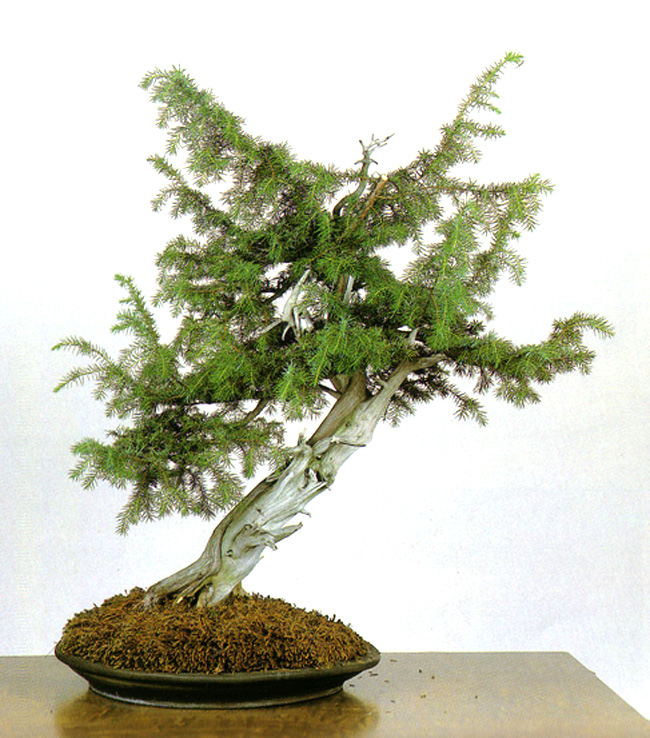
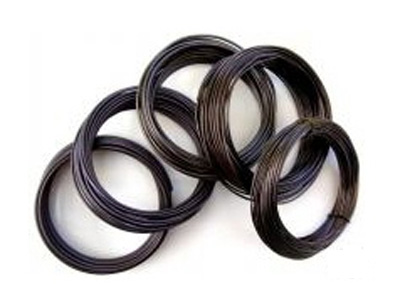

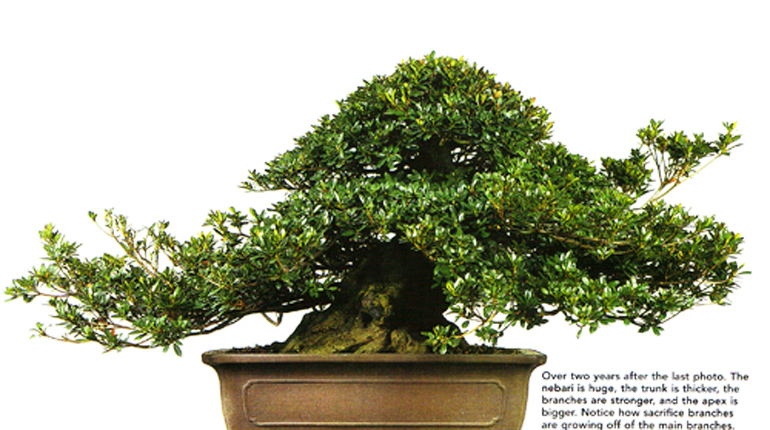
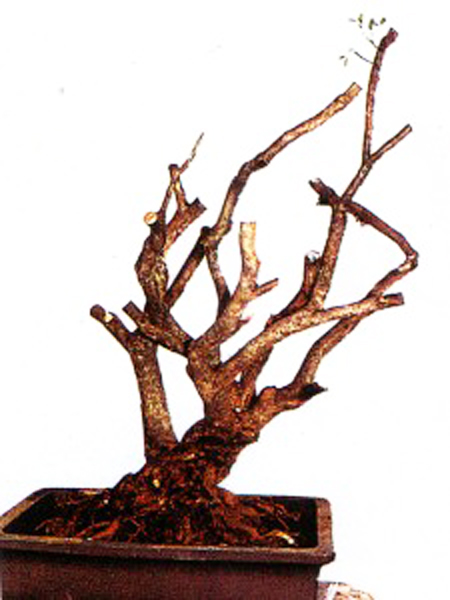

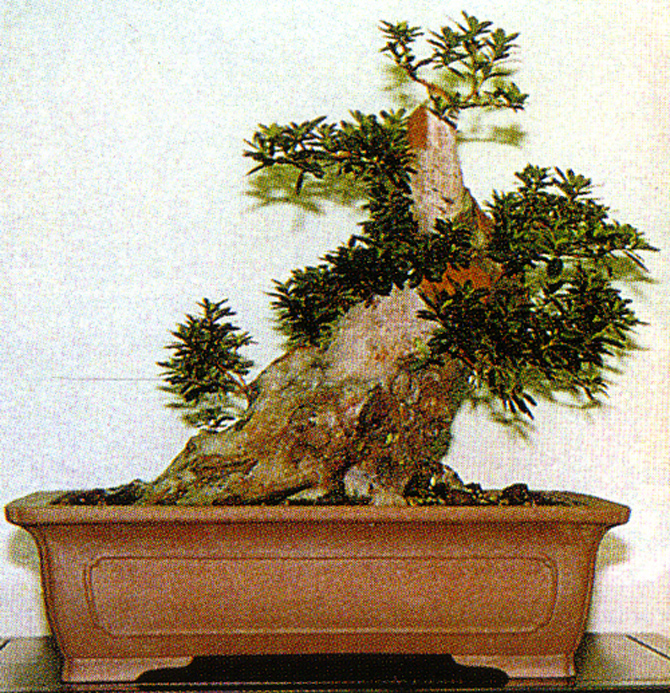
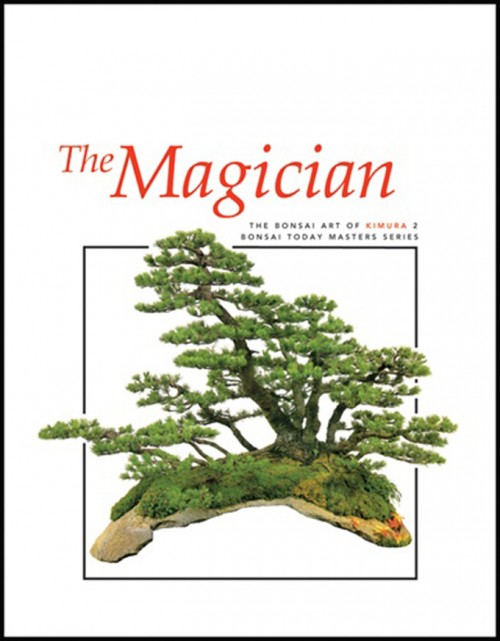 If you want to see the entire process on the development of this old Satsuki azalea, you might want to consider
If you want to see the entire process on the development of this old Satsuki azalea, you might want to consider 




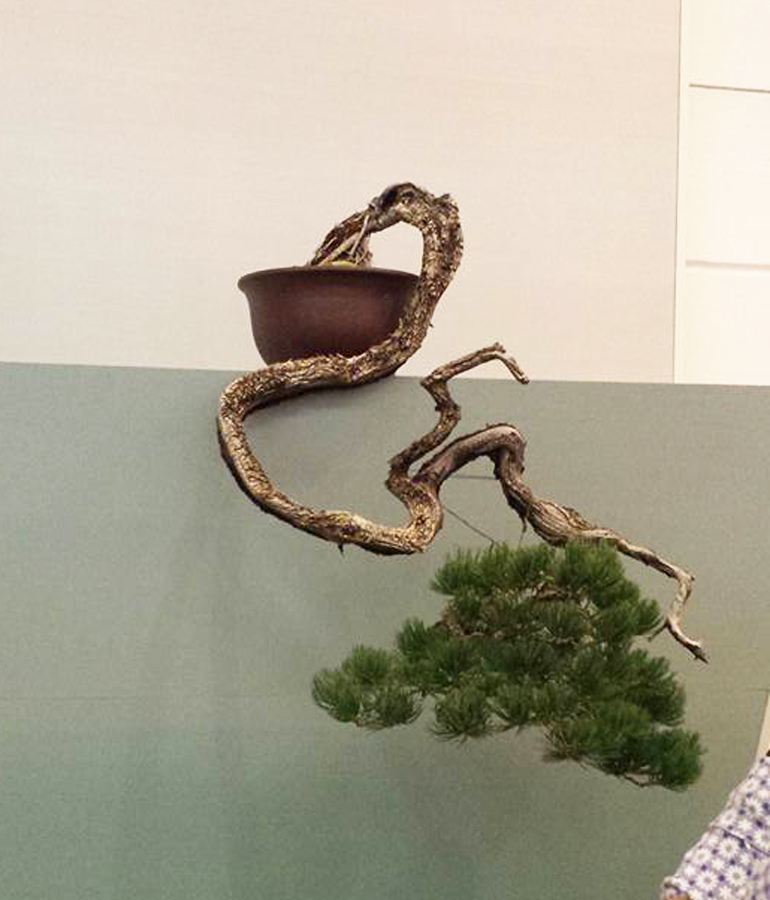


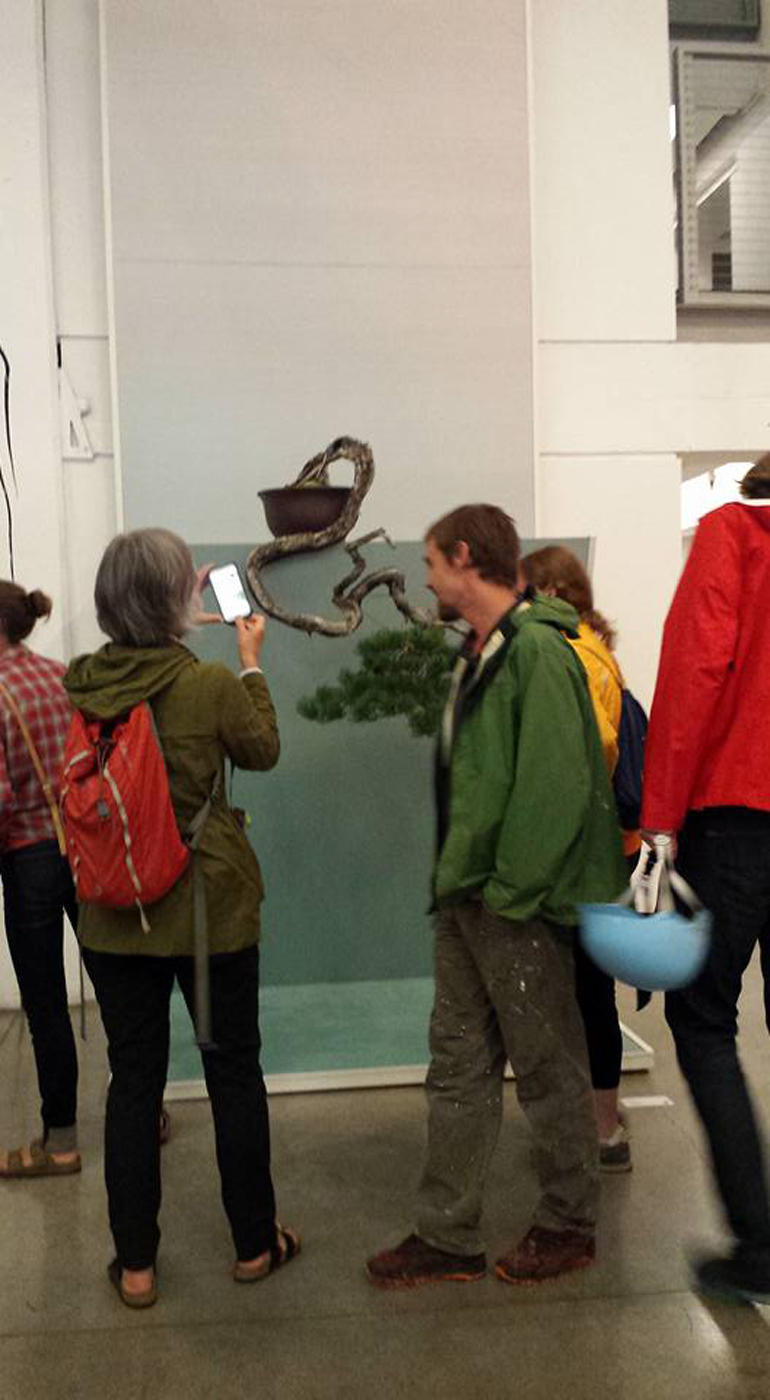
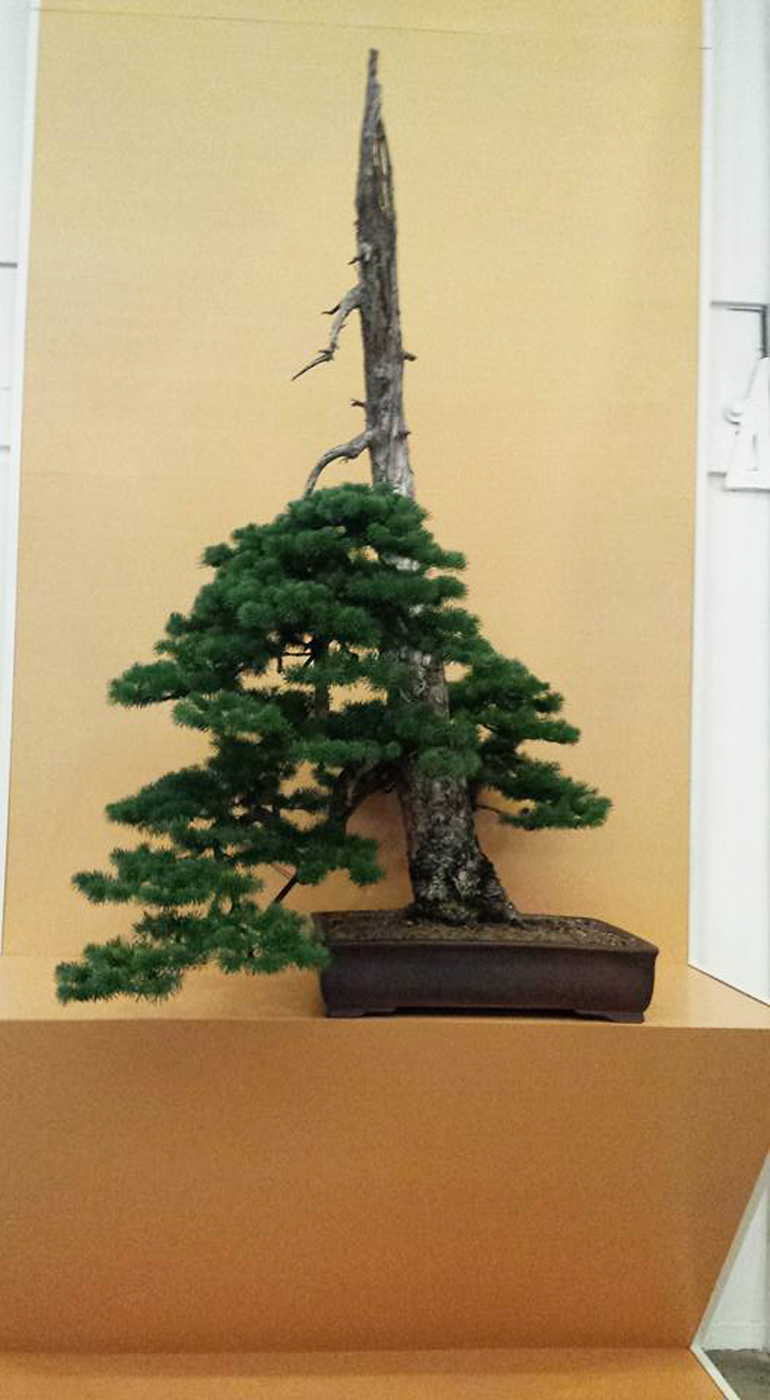
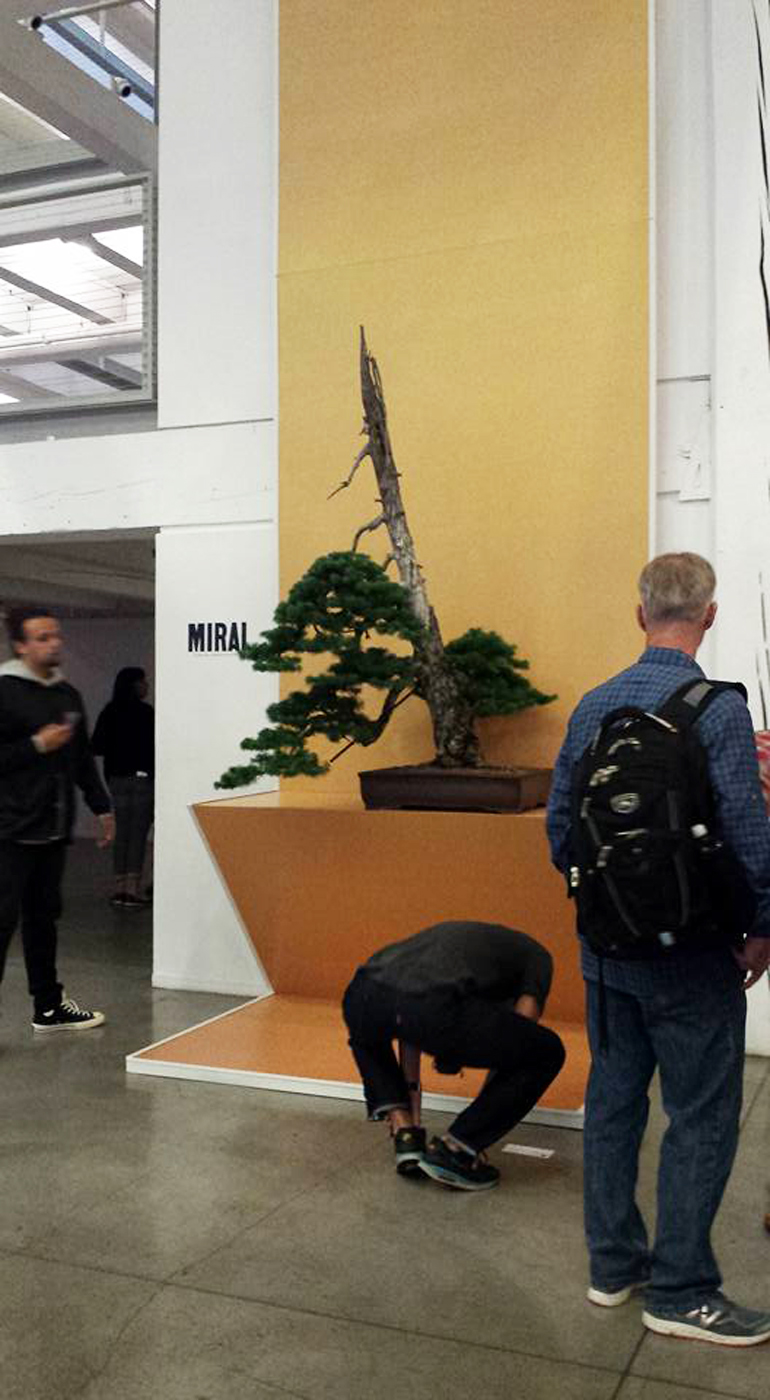 Same tree. Five sneakers
Same tree. Five sneakers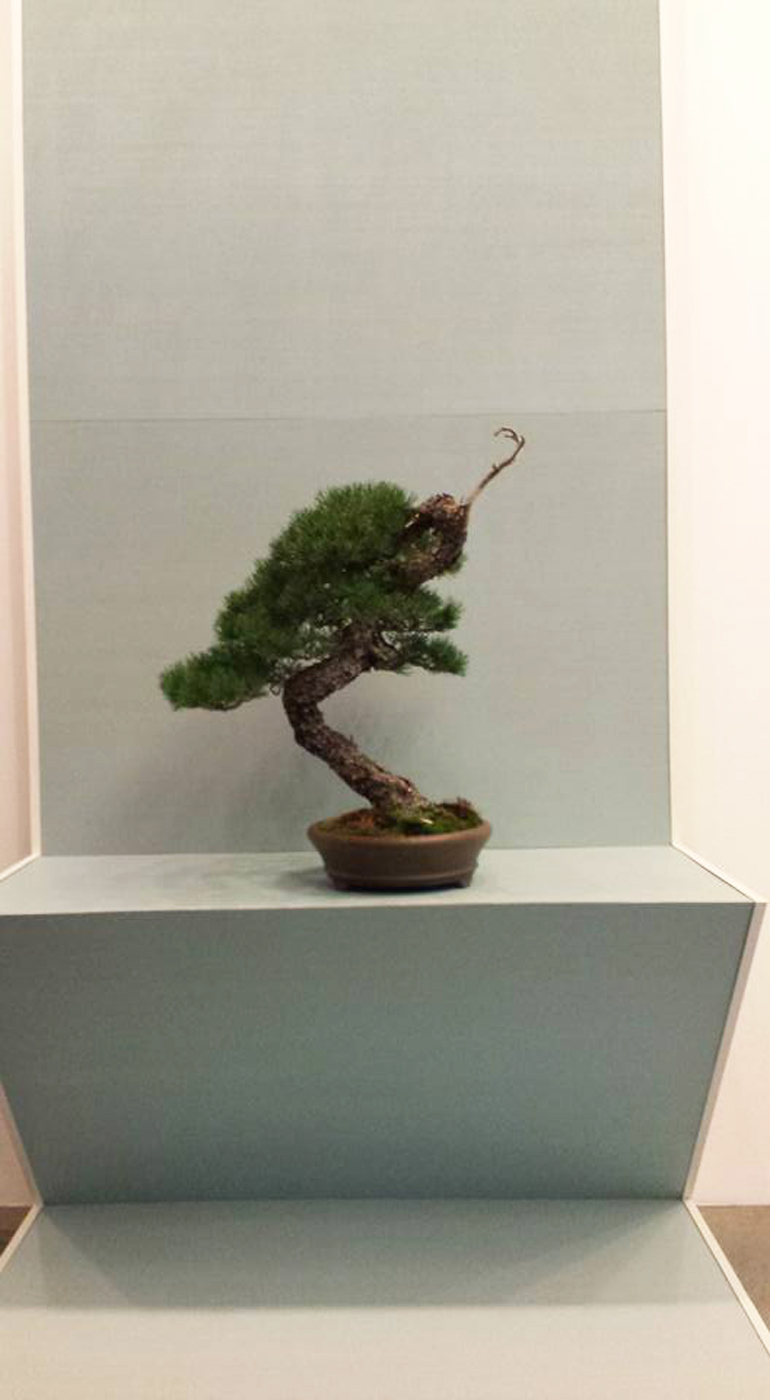 See what I mean about pines...
See what I mean about pines...
